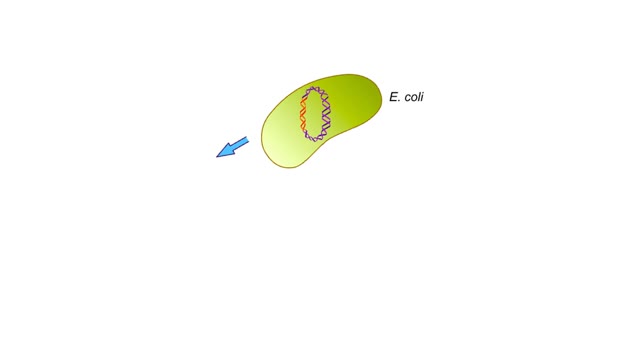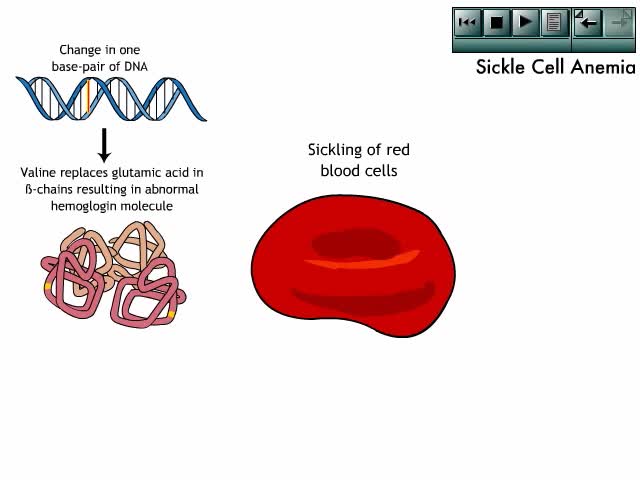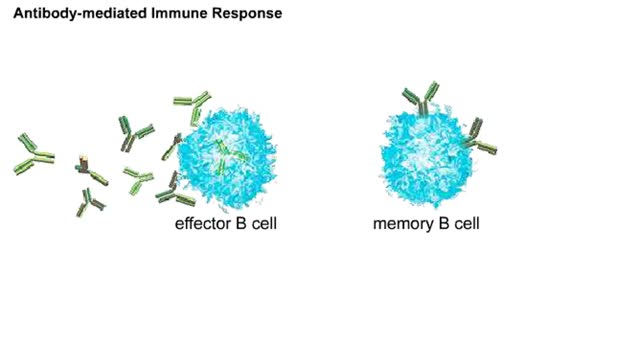Search Results
Results for: 'ancestral cell'
Origin of organelles Animation
By: HWC, Views: 4700
Possible origins of the nucleus and other organelles. Some prokaryotic cells have infoldings of their plasma membrane. These infoldings may have served as channels from the cytoplasm to the cell surface. These membranous folds may have evolved into the endoplasmic reticulum and the nuclear e...
By: HWC, Views: 10702
• T cells are responsible for cell-mediated immunity. • Each T cell contains a unique form of T cell receptor (TCR) on its membrane. • These T cell receptors are produced through a process of genetic recombination which is able to produce millions of different variations. • Each T ce...
Helper T cell receptors, activation, proliferation, differentiation & action
By: HWC, Views: 11202
• Most cells which have CD4 on their surface become Helper T cells (TN cells). • The CD4 1 cells only recognize a foreign antigen when it is presented with an antigen presenting immune cell (APC) that includes MHC-II protein. • The Helper T cell antigen receptor must match the presented...
By: HWC, Views: 8450
A neuromuscular junction is a chemical synapse between the axon endings of a motor neuron and a muscle cell. A narrow synaptic cleft separates the presynaptic cell (the motor neuron) from the postsynaptic cell (the muscle cell). The presynaptic cell contains vesicles filled with neurotransmitt...
Osmosis - Isotonic, Hypotonic, and Hypertonic Solutions
By: HWC, Views: 11141
Isotonic: Equal Water moves in and out of the cell at an equal rate. The cell remains unchanged. Hypotonic: "hypo" hippo Water moves into the cell, making it swell and get fat (like a hippo). Eventually the cell can rupture and burst (aka lyse). Hypertonic: "like a raisin" Water leaves...
By: Administrator, Views: 14041
The clinical manifestations of sickle cell anemia result from pathologic changes to structures and systems throughout the body.
Cytotoxic T cell receptors, activation, proliferation, differentiation & action
By: HWC, Views: 11350
• Most cells which have CD8 on their surface become cytotoxic T cells (Tc cells). • CD8 T cells recognize a foreign antigen when it is presented in conjunction with the protein, MHC-I. • Nearly all nucleated cells in the body express MHC-I molecules. • T cells that recognize self-pe...
By: HWC, Views: 7934
Overview of interactions in antibody-mediated and cell-mediated immunity Animation The antibody mediated immune response begins when a naive B cell encounters antigens from a pathogen, such as a bacterium. The B cell binds, processes, and displays this antigen. It is now an antigen-presenti...
Type of Cell Junctions - Desmosome, Hemidesmosomes and Gap Junctions
By: HWC, Views: 11368
Cell Junctions: Cell junctions are found in some multi-cellular organisms. They exist of complexes and are found between cells and between cells and other structures. The junctions provide a way for cells to connect and exchange signals. What are tight junctions, desmosomes, and gap junctions...
Advertisement











